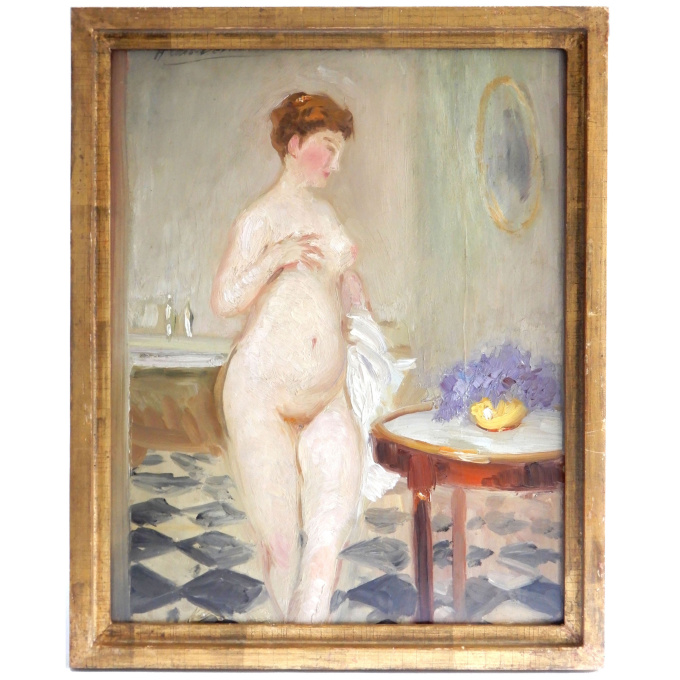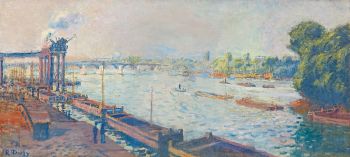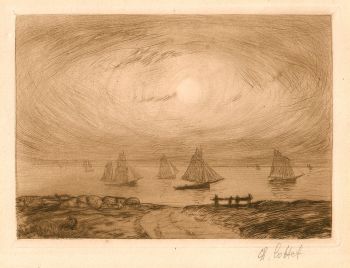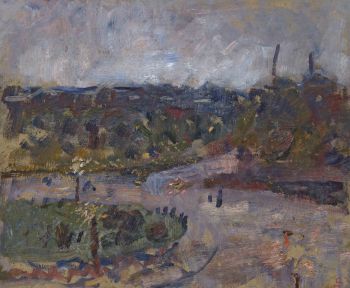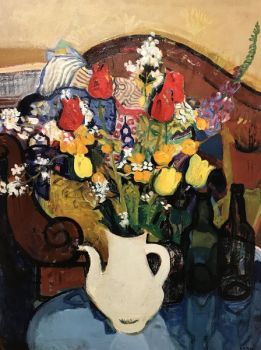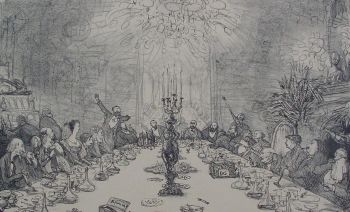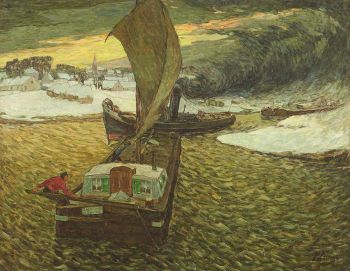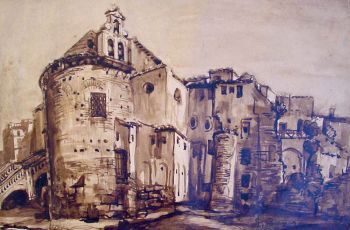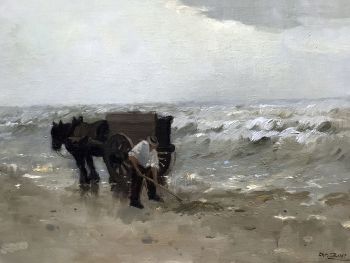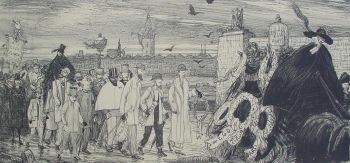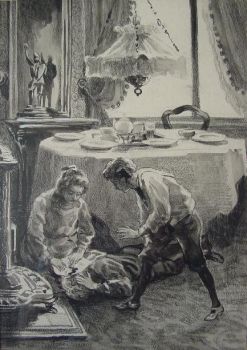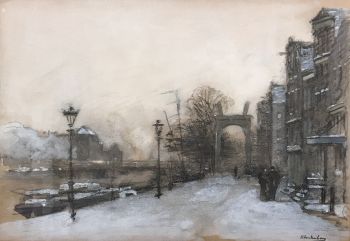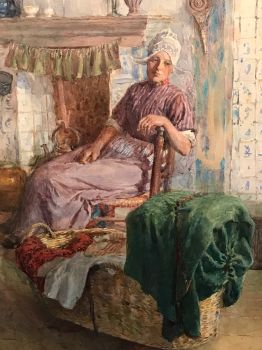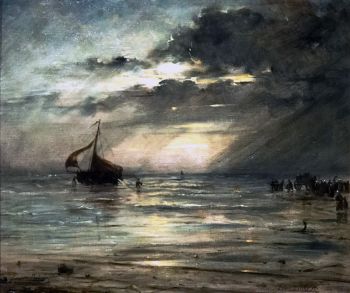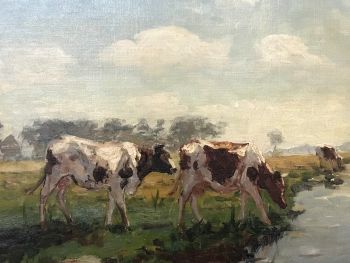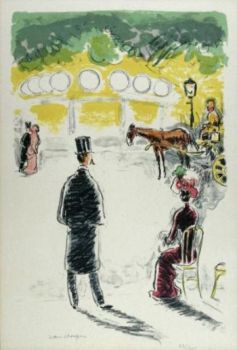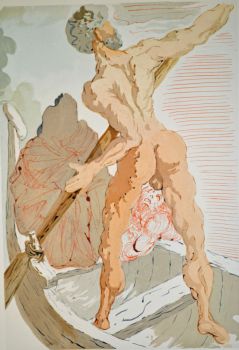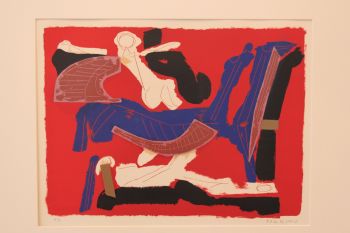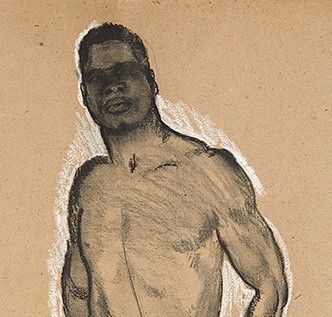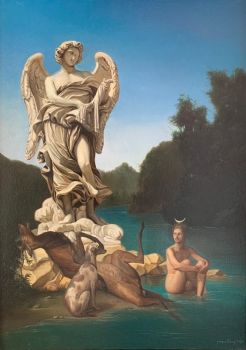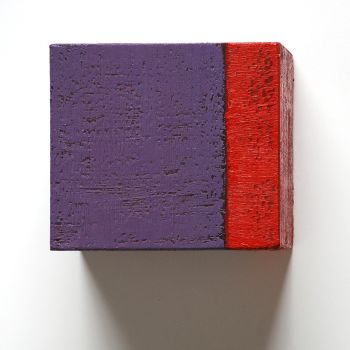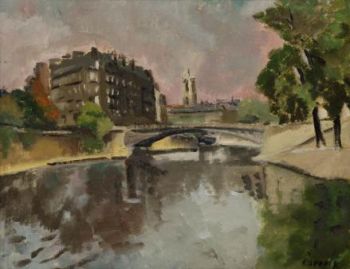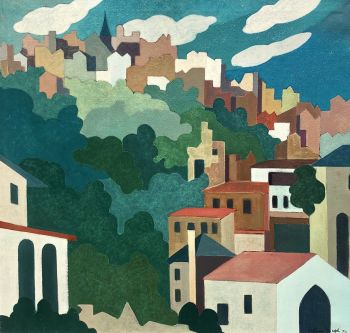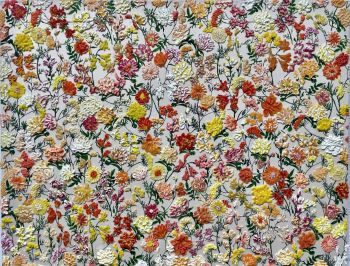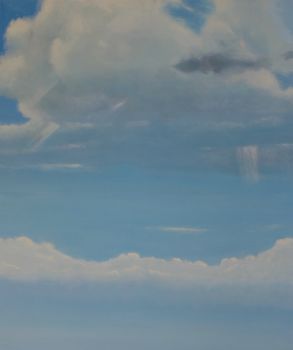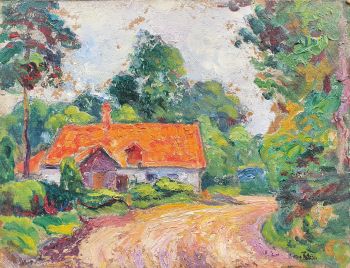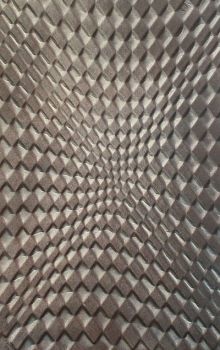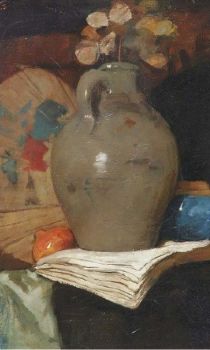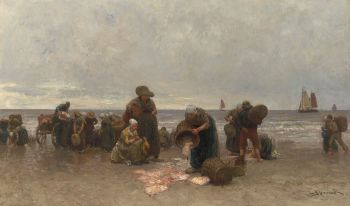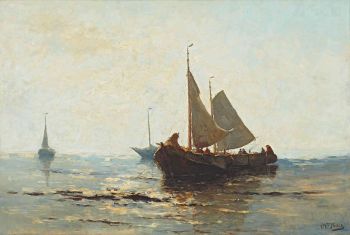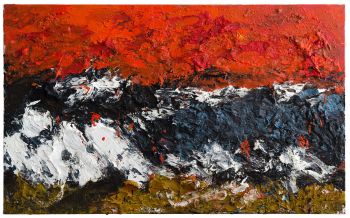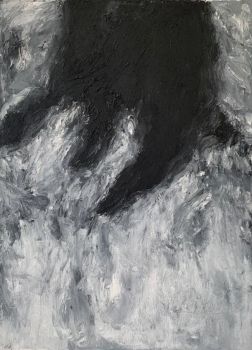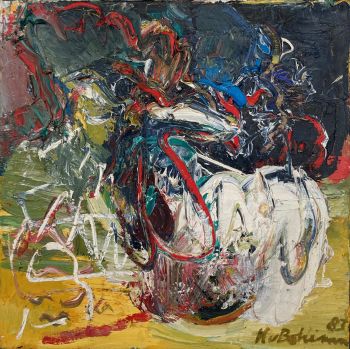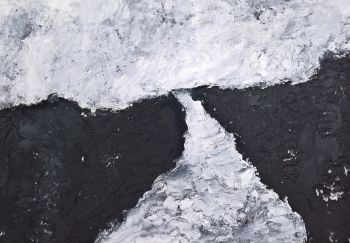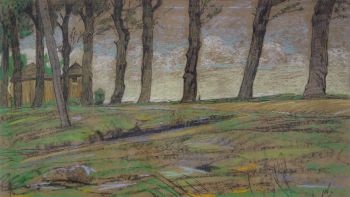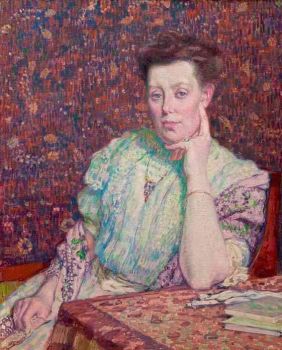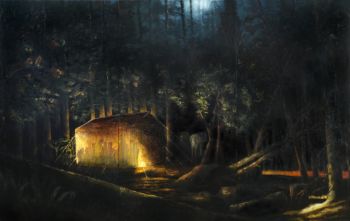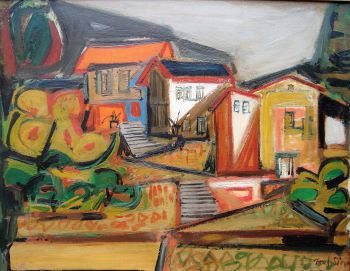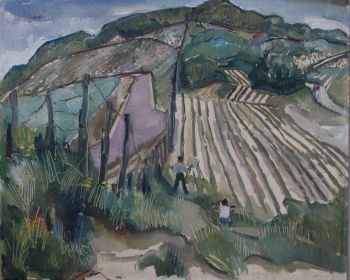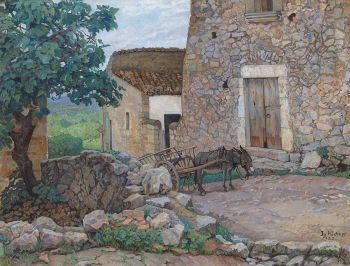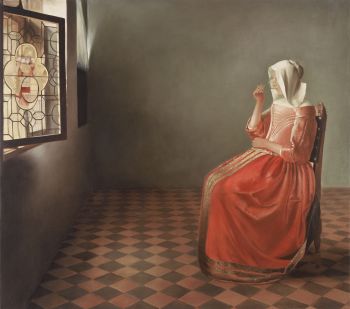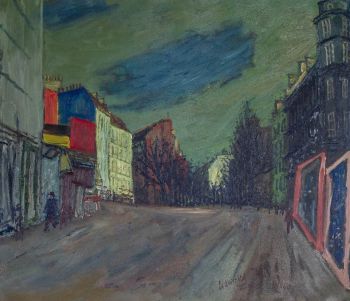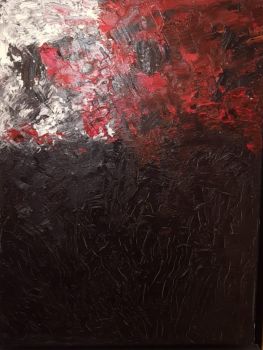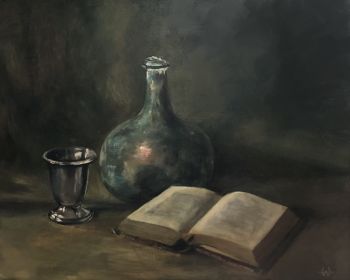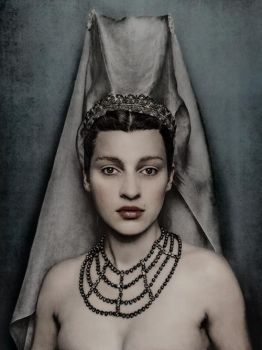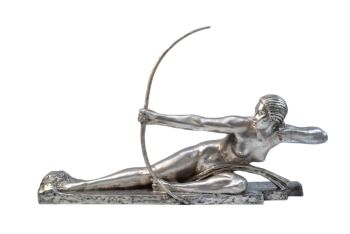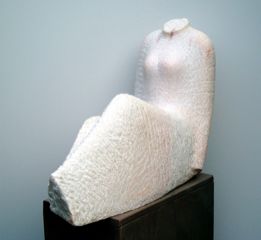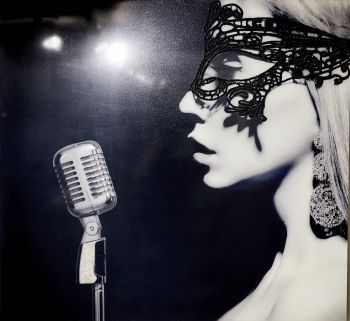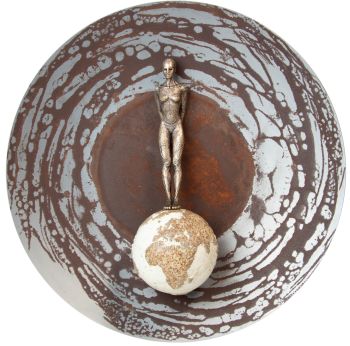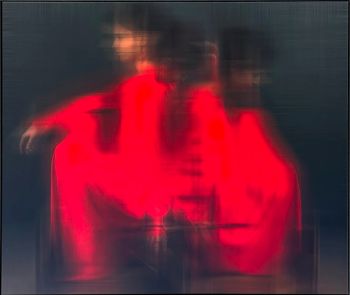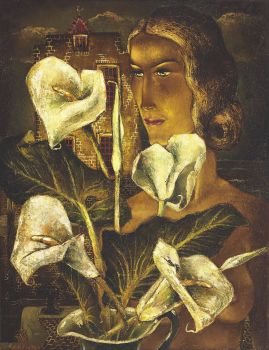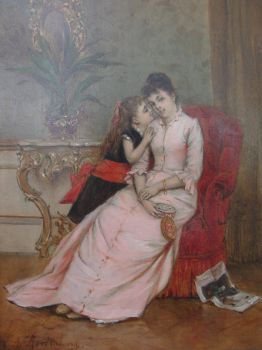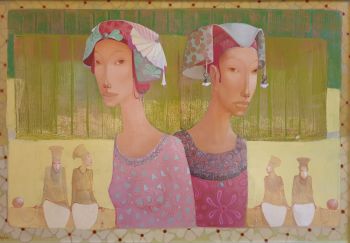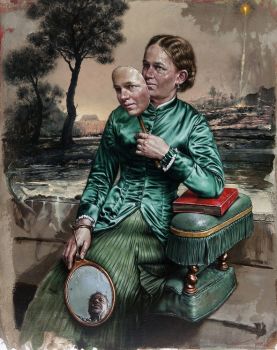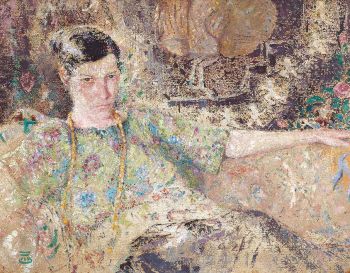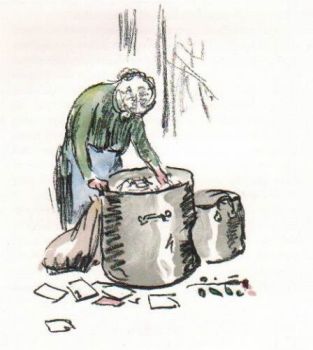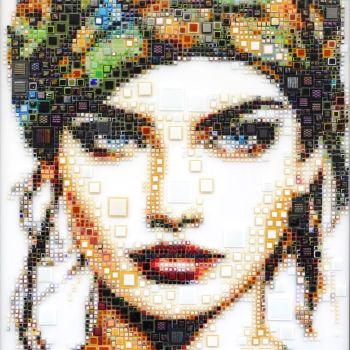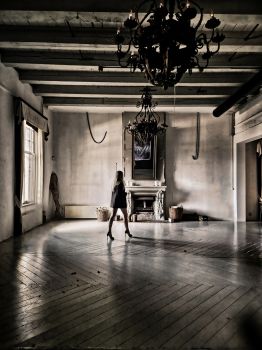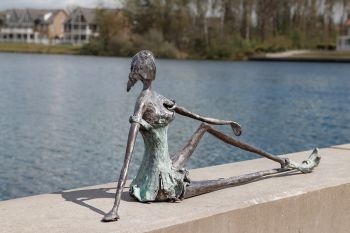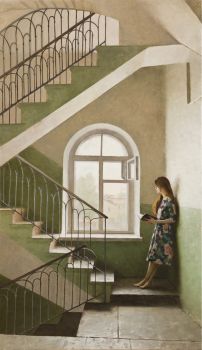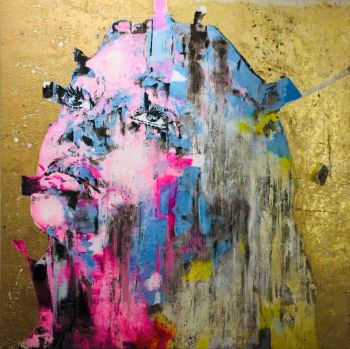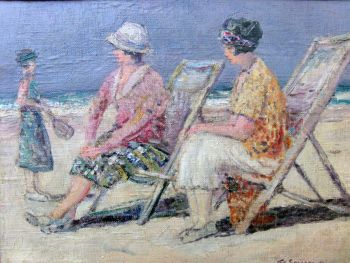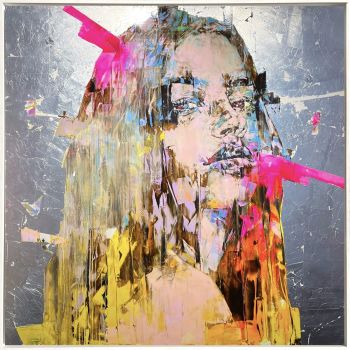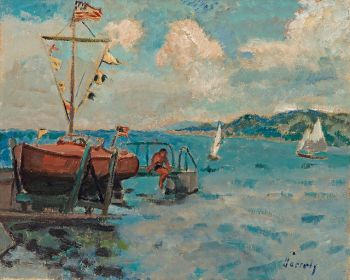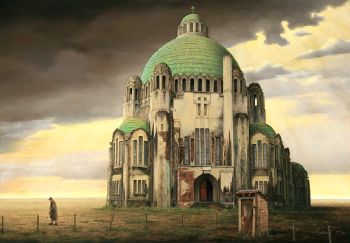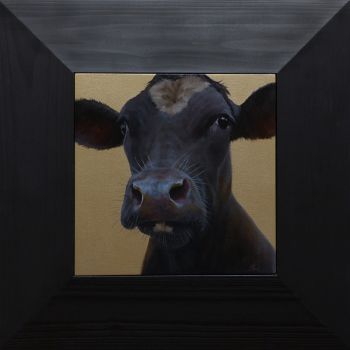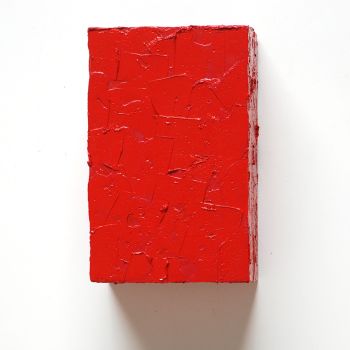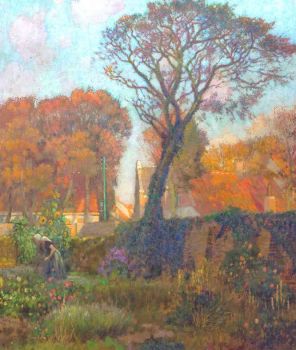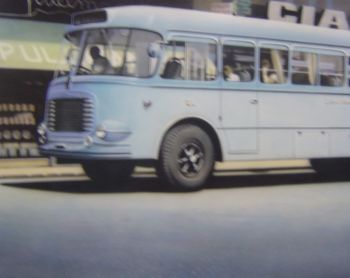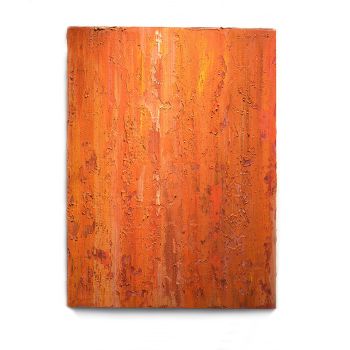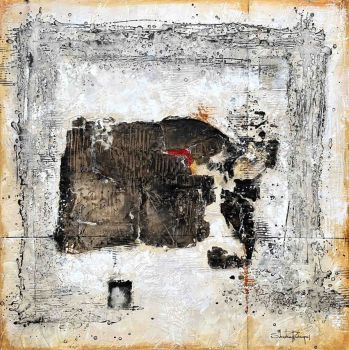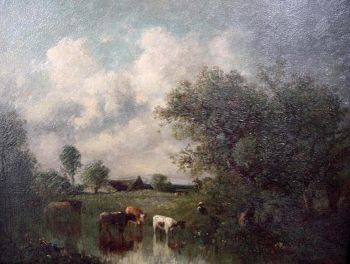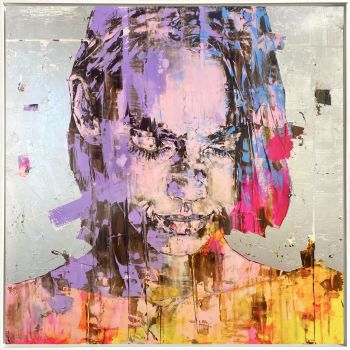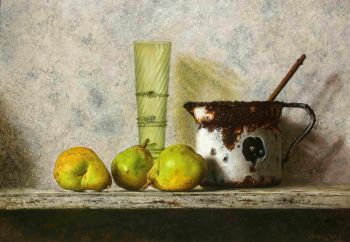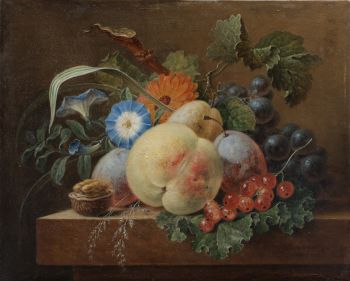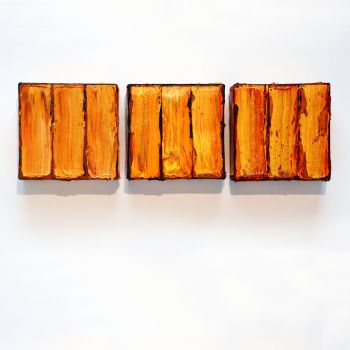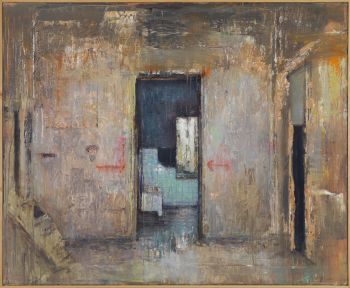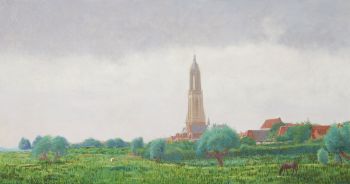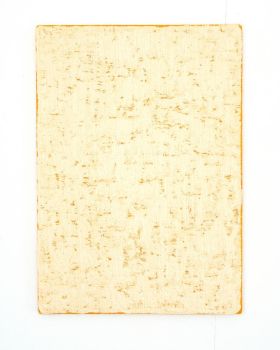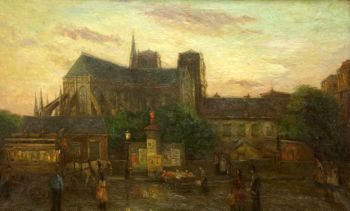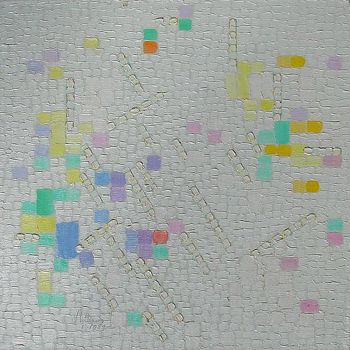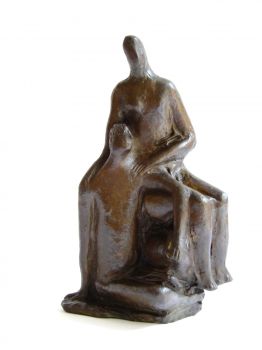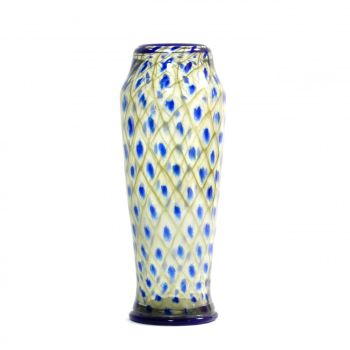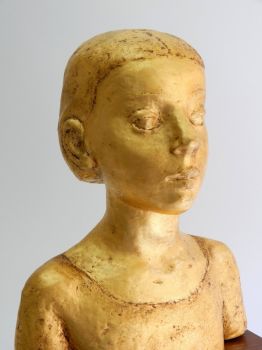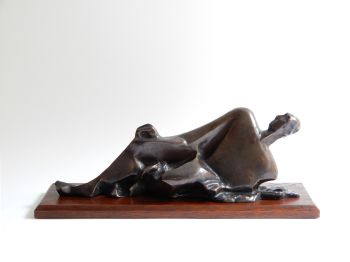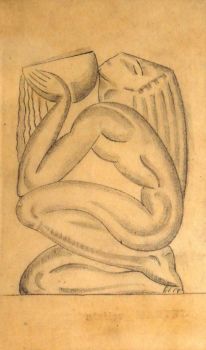'Nu a la toilette' 1900 - 1910
Henry Caro-Delvaille
OlieverfVerf
44 ⨯ 36 cm
ConditionNear mint
Momenteel niet beschikbaar via Gallerease
Dille Art
- Over kunstwerkIntimate and lovely oil painting on panel (wood), depicting a woman who has just taken a bath. It is a domestic scene that Henry Caro-Delvaille wanted to capture. The style of painting is different, but the atmosphere is reminiscent of the work of Pierre Bonnard (1867-1947). They also exhibited together with the Group "Les Intimistes" in 1906.
This work was painted in the early 1900s and was part of the famous Sommaruga Collection in Milan.
It is signed top left with 'H. Carol Delvaille.
Biography:
Henry Caro-Delvaille (Bayonne, 1876 - Paris, 1926) was a painter of elegant interiors, figures and nudes, he was especially known as a painter of women, always elegant and often intimate.
He was also an engraver and decorator. After studying at the École des Beaux Arts in Bayonne, he continued his education at the École des Beaux-Arts in Paris, Léon Bonnet became his mentor.
He won his first medal at the Salon des Artistes Française in 1901, where he made his debut in 1899. From 1903 he was a member of La Société Nationale des Beaux-Arts.
In 1905 he won the grande Medaille d'Or at the Exposition Internationale in Munich. This brought him a lot of success, he received many assignments. As early as 1905, the French state purchased work from Henry Caro-Delville.
In 1906, Caro-Delvaille was one of the participants in the second exhibition of the "Groupe Intimistes" at the famous galerie Henry Graves in Paris.
Pierre Bonnard, Edouard Vuillard, René-Xavier Prinet and Etienne Moreau-Nélaton also participated in this exhibition. (Les Intimistes, Galerie Henry Graves, from February 14 to March 3, 1906.)
Both the public and art critics were very positive about Caro-Delvaille, the art critic Jean Valmy-Baysse wrote that he gave social events the charm of poetry. According to art critic Charles Morice, his work was "a representation of modern mondanité" (worldliness).
Maurice Denis sees in him an artist whom he compared to James Abbott McNeill Whistler (USA 1834-1903).
At the time, he presented him as one of the young promises of French painting
Henry Caro-Delvaille was represented by the important galleries such as Georges Bernheim Jeune in Paris and Nathan Wildenstein and René Gimpel in New York.
From 1917 to 1925 he also spent several years in the United States.
Henry Caro-Delvaille died in 1926 and is buried in Bayonne Jewish Cemetery.
His paintings are part of private and public collections in various museums in France, such as, for example, the National Museum of Modern Art, Center Pompidou, Musée des Beaux-Arts de la ville de Paris. But Princeton University Museum, USA or National Museum of Fine Arts, Beunos Aires in Argentina also have works by him in their collection.
Literature:
- Christine Gouzi, Henry Caro-Delvaille: peintre de la Belle Époque, de Paris à New York. Dijon, éditions Faton, 2016.
- Pierre de Lanux, « On the Revival of Applied Art. A conversation with Henry Caro-Delvaille », Arts & Decoration, avril 1922, vol. 17, p. 419.
- Henry Caro-Delvaille, "The Renaissance of Mural Decoration ", The Lotus Magazine, March 1913, vol. 4,
n°6, p. 253.
- Benezit Dictionnaire des Artistes, Gründ, Volume 3, p. 424.
Condition:
Good, There is an old restoration on the back of the panel. A professional restorer cleans the painting and gave it a new varnish. - Over kunstenaar
Henry Caro-Delvaille, een Fransman van Spaanse afkomst, was een belangrijke schilder van het sociale leven in het begin van de 20e eeuw. Zijn echte naam was Delvaille ("de la Vallée" in het Spaans), maar hij tekende Caro-Delvaille omdat zijn moeder, met wie hij een hechte band had, Caroline heette. Henry Caro-Delvaille was van kinds af aan nieuwsgierig naar kunst, observeerde zijn omgeving en tekende. Zijn moeder, een schrijver en dichter, was zijn eerste gids.
Na zijn studie van 1895 tot 1897 aan de Bayonne School of Fine Arts, was Henry Caro-Delvaille een leerling van Léon Bonnat aan de Paris School of Fine Arts. Hij exposeerde voor het eerst op de Salon de la Société des artistes français in Parijs in 1899. Hij werd lid van de Société nationale des beaux-arts in 1903 en zijn secretaris in 1904. In 1905 won hij de grote gouden medaille op de internationale tentoonstelling in München. Datzelfde jaar vertrouwde zijn vriend Edmond Rostand hem de inrichting van zijn villa in Cambo toe. Daarna werd hij bekend als portretschilder en kreeg hij tal van opdrachten. In 1910 werd hij benoemd tot ridder in het Legioen van Eer. Zijn schilderij is vergelijkbaar met dat van Carolus Duran (1837-1917), een beroemd schilder uit de belle époque.
Henri Caro-Delvaille emigreerde in 1913 naar de Verenigde Staten en vestigde zich in New York, op weg naar een meer art-decostijl. Hij was een centrale figuur in artistieke, literaire en muzikale kringen aan beide zijden van de Atlantische Oceaan, van Parijs tot New York. Veel van zijn werk is tegenwoordig aan de andere kant van de Atlantische Oceaan te vinden.
Bent u geïnteresseerd om dit kunstwerk te kopen?
Artwork details
Related artworks
Jan Sluijters
Originele illustratie van Sluijters voor het boek: 'Laura's opstel'1881 - 1957
Prijs op aanvraagKunsthandel Pygmalion
Johannes Christiaan Karel Klinkenberg
Stadsgezicht Amsterdam1875 - 1925
Prijs op aanvraagGalerie Gabriëls
Marc Chagall
Mère et L'Enfant à La Tour Eiffel, 195420th century
Prijs op aanvraagArthouse Marc Chagall
1 - 4 / 24Cornelis Rudolf Hendrik Spoor
STILLEVEN | JUDASPENNING IN EEN VAAS1867 - 1928
Prijs op aanvraagGalerie Het Noorderlicht
1 - 4 / 24Marcel Jefferys
Jeune femme au collier dans un intérieur1890 - 1922
Prijs op aanvraagStudio 2000 Art Gallery
1 - 4 / 24Rene Rietmeyer
"BUDAPEST, HUNGARY, MARCH 2005"2005
Prijs op aanvraagEuropean Cultural Centre Collection
Etienne Bosch
Stadsgezicht van Parijs met de Notre Dame1883 - 1933
Prijs op aanvraagKunsthandel Pygmalion
1 - 4 / 24- 1 - 4 / 12

